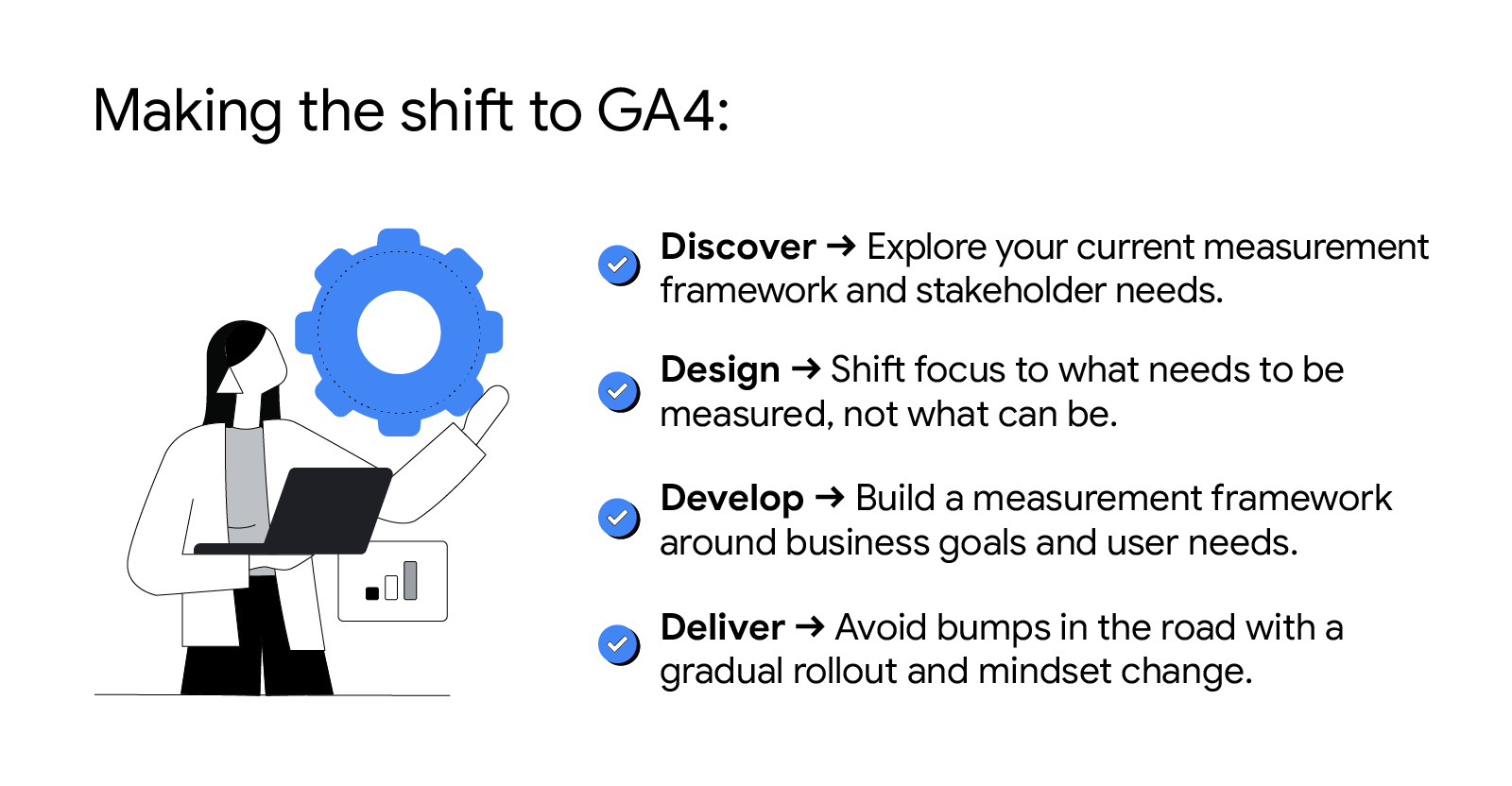Watches of Switzerland Group is a British luxury watch and jewellery retailer with an expanding roster of international brands. Here, Group Digital Marketing Manager James Thompson explains how an analytics overhaul provided the key to future-proof campaign measurement and continued growth.
It probably won’t come as a surprise that when buying a luxury watch, people do their research. In our industry, a typical customer journey can have as many as 30 or 40 touchpoints, usually starting online and finishing in-store, with lots of back-and-forth in between.
At Watches of Switzerland Group (WOSG), we’ve built a robust online presence to keep pace with evolving consumer needs and ensure seamless omnichannel experiences. But it’s not without its challenges: in a changing privacy landscape, measuring these intricate journeys is increasingly difficult.
A new analytics setup offered a blank slate to identify not what we could measure but what we actually needed to measure to drive growth while prioritising privacy at every step.
A timely shift in analytics and technologies
WOSG oversees various brands, including Watches of Switzerland and Goldsmiths. In recent years, our focus has shifted towards the higher end of the market, where sales have remained resilient despite economic pressures.
Performance marketing has proven crucial for sustaining this momentum and achieving further growth. But, with the phasing out of third-party cookies, we were starting to see more gaps in the measurement that underpins our success.
Considering we deal with watches that can be upwards of £25,000, failing to attribute even a single sale correctly can greatly distort our analysis — impacting the data we feed into bidding models and our ability to seek out a low-volume, high-spending customer base.
The best advice for marketers considering a similar shift? Avoid letting the pursuit of perfection stall progress.
Implementing new privacy-preserving technologies, such as Google Analytics 4 (GA4), presented the opportunity to close these gaps thanks to its data modelling capabilities. This also allowed us to meet the high data-protection standards our customers expect from a luxury brand without compromising performance.
We entrusted this task to our performance agency partner, Incubeta, across seven brands in four countries. This required a unified approach for structural consistency — a challenge given the distinct objectives and many stakeholders of each brand.
Closing the measurement gap with a new framework
Our priority was a rapid rollout to ensure we could start gathering new data. Where Universal Analytics (UA) uses a session-based data model (grouping together all user interactions during a single site visit), GA4 uses an event-based data model (counting each user interaction as an individual event).
While this new approach helps us understand the customer journey much more accurately, it does mean we have limited historical data to compare our ongoing performance against. The sooner we could start collecting historical data, the more it could guide our decision-making during key sales periods, such as Christmas and Valentine’s Day.
“To make the shift, we employed the 4D framework — Discovery, Design, Develop, Deliver — inspired by the British Design Council,” says Alex Sneddon-Wilkins, former head of analytics at Incubeta. “This approach began by identifying stakeholder needs across the different brands and focusing on the business decisions they need to make instead of setting up events for individual use cases.”
“In tandem, we conducted a privacy audit emphasising data minimisation, retaining only data with a clear use case. We also identified enhanced conversions — a feature that attributes conversions to specific ads using anonymised first-party conversion data — as an important tool for understanding where shoppers are coming from, using modelling to close any gaps in the data.”

This represented a major shift for the group. Previously, we measured everything, leading to an overload of events and data. With GA4, we adopted a more strategic approach, focusing on what was essential for our business goals. This shift allowed us to reduce noise and concentrate on what matters most.
Internally, adjusting to this new way of measuring success did require time. We managed this by gradually moving types of reporting from UA to GA4 to help cross-functional stakeholders, who are accustomed to specific metrics, adapt without too many misunderstandings or concerns.
Embracing progress over perfection
For us, migrating to a new system has offered a chance to start afresh, focusing on what genuinely serves our needs. And it also delivered results.
In a highly competitive market, implementing GA4 with enhanced conversions helped WOSG more accurately attribute conversions, revealing a 3.2% higher conversion rate on Search, and a 25% higher conversion rate on YouTube. Having a clearer picture of our digital performance has helped us make smarter budgeting decisions.
With GA4, we adopted a more strategic approach, focusing on what was essential for our business goals. This shift allowed us to reduce noise and concentrate on what matters most.
In the past, if we’d missed this data on our high-value items, it could be the difference between the decision to intensify a campaign or scale it back. This improvement was particularly beneficial for channels higher up the funnel, such as YouTube, where buying journeys are often longer and more complex.
“With our modelling and bidding algorithms now able to use the new incremental data, we’re confident we have the foundation to sustain improved performance for WOSG — and meet evolving consumer expectations around privacy,” adds Incubeta’s Sneddon-Wilkins.
The best advice for marketers considering a similar shift? Avoid letting the pursuit of perfection stall progress. It’s better to move forward, accepting that not everything will be perfect from the start. Focus on the benefits rather than trying to replicate every aspect of Universal Analytics — and embrace the change and the opportunities it brings.






